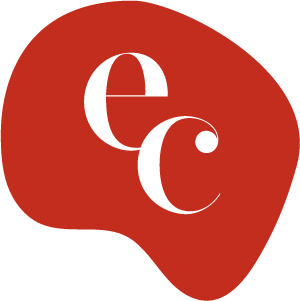 In 2o24, I had the pleasure of presenting “A performative understanding of body-as-technology” at The Southern Humanities Conference in Savannah, Georgia.
In 2o24, I had the pleasure of presenting “A performative understanding of body-as-technology” at The Southern Humanities Conference in Savannah, Georgia.
The presentation explored how diffractive processes enhance our understanding of entanglements and how predefined binaries constrain problem-solving. It argued that through diffraction and entanglement, we can challenge the academic ‘divide’ between the sciences and humanities and explore the relationality of humans and nonhumans. Focusing on how performativity has been utilized in academia, my research examined how our ‘Cartesian heritage’ limits academic boundaries, while a more ‘nomadic transversing’ (Braidotti) approach can uncover intersections across disciplines, paradigms, and theories, creating opportunities to explore how one affects the other.
This shift towards relationally entangled knowledge has implications for research, education, and learning. In our current educational system, where the impact of technology dominates pedagogy, how can we foster a performative understanding of knowledge production that disturbs the assumed “schism between the material and the discursive/semiotic; and enables us to realize the scholarly fields as unreal opposites instead of C.P. Snow’s ‘two cultures’?” (Dolphijn 2012) How can we, as embodied subjects, move with and be moved by the bodies of students, colleagues, concepts, data, instruments, and stories?
Arguing for a diffractive space that is neither purely scientific nor purely humanist suggests a framework that supports a range of intellectual activities, allows for common discourse, and calls the scientific-humanistic divide into question. By considering knowledge-making practices as both participatory and performative, we shift the established educational assumptions about agency and causality to practices of engagement where agency is a doing and causation is a matter of intra-acting. In this place of entanglement, pedagogy truly becomes onto-epistemological, where knowing and being are mutually inclusive.

